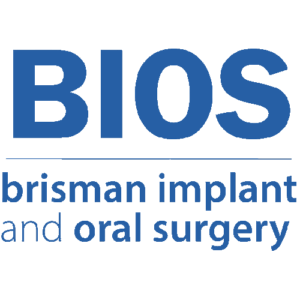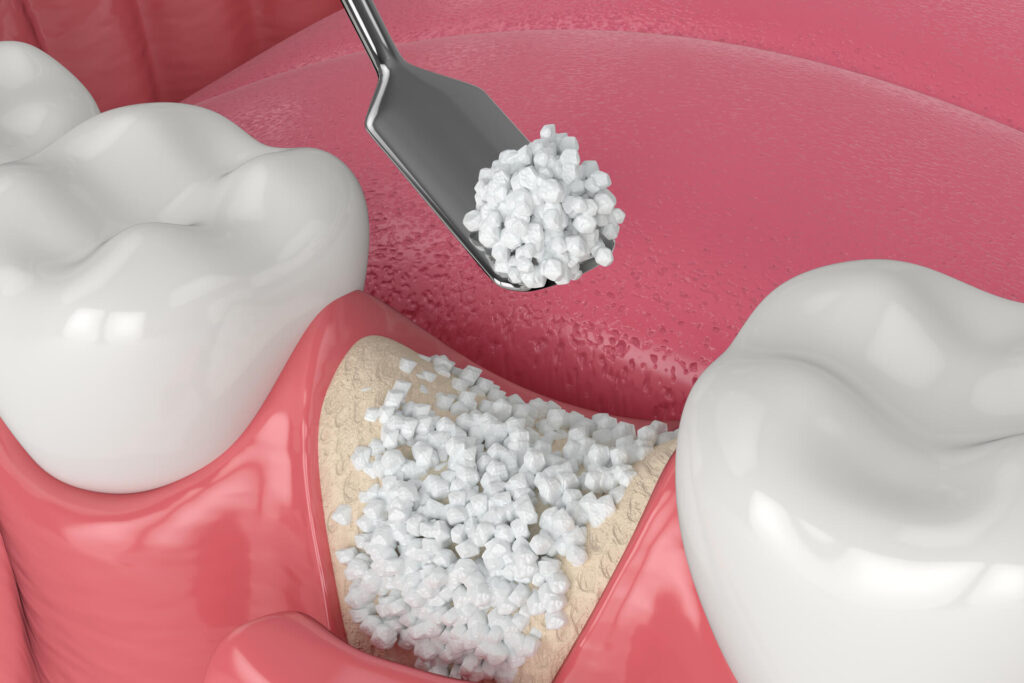Have you ever wondered what happens after a dental bone graft? Knowing the healing process is essential for anyone undergoing this procedure or in early recovery. A dental bone graft strengthens the jawbone for dental implants or other dental structures. Knowing the key stages of the healing timeline can ease concerns and empower you to take an active role in recovery.
By understanding each phase, you can better manage your recovery, follow post-operative care instructions effectively, and recognize signs needing attention. This knowledge helps decrease anxiety and ensures a smoother, more successful healing process.
What Is Dental Bone Grafting?
Dental bone grafting is a surgical procedure used to repair or rebuild bone through the transplantation of bone tissue. It is often necessary for patients who need dental implants when their jawbone either lacks adequate density or has suffered from bone loss. Bone grafting serves a variety of purposes, primarily aiming to restore the bone structure necessary for dental implants.
Reasons for bone grafting may include:
- Tooth Loss. Missing teeth highlight the importance of teeth in preserving jaw bone health, as the jawbone relies on stimulation from chewing.
- Periodontal Disease. Chronic gum disease can lead to bone loss around the teeth.
- Bone Atrophy. Certain conditions or previous dental procedures can lead to a loss of bone density or quality over time.
- Trauma or Injury. Accidents or physical trauma can damage bone tissue.
Dental Bone Graft Healing Stages
Initial Healing (First Week)
The first stage of the dental bone graft healing process begins right after surgery, focusing on controlling bleeding and minimizing pain. During this initial recovery period, you may experience:
- Bleeding and Swelling. Minor bleeding and swelling are typical within the first 24 to 48 hours. Using ice packs can help reduce these symptoms.
- Blood Clot Formation. A blood clot must form at the graft site to protect the area and initiate healing.
- Pain Management. Pain relievers prescribed by your oral surgeon can make this period manageable.
Early Bone Formation (2-4 Weeks)
In the early bone formation stage, your body starts to grow new bone cells. Though the external discomfort might subside, internal healing remains active.
- Tissue Regeneration. Bone cells and blood vessels begin to form within the graft material, which could be natural bone, synthetic materials, or even animal bone.
- Steady Diet. To protect the graft site, stick to a soft diet, including soft foods, and avoid extensive chewing.
Intermediate Healing (1-3 Months)
The intermediate healing stage focuses on bone stability and integration. By this time, the bone graft should begin solidifying and strengthening.
- Bone Growth. New bone tissue gradually replaces the graft material, enhancing the jawbone’s density and strength.
- Regular Activities. You can start resuming normal activities but still avoid strenuous activity to prevent damaging the graft.
Final Bone Maturation (3-6 Months)
The final stage of the bone graft healing process encompasses the complete maturation and integration of the graft material with the natural bone.
- Bone Quality Improvement. The bone structure continues to solidify, resulting in higher-quality bone prepared for dental implants.
- Complete Healing. Following this phase, the treated area should be ready for dental implant procedures or additional treatments as needed.
What Are the Factors That Influence Healing Time?
Patient Health
The overall health of the patient plays a critical role in healing time. Conditions such as autoimmune disorders, diabetes, and the use of blood thinners can complicate the healing process, increasing the risk of infection and extending recovery times.
Graft Material
The type of graft material used in the procedure is essential. Human bone grafts, synthetic bone substitutes, and animal tissue grafts each have unique properties that affect how well they integrate with existing bone tissue and the speed at which they promote new bone growth.
Surgical Technique
The skill and experience of the oral surgeon performing the dental bone graft surgery are pivotal. Factors such as the precision of the surgical technique, the complexity of the procedure, and the quality of post-operative care provided can significantly influence the speed and success of the healing process.
Tips for Post-Operative Care
- Follow Post-Operative Instructions. Adhere strictly to the detailed post-operative care instructions provided by your oral surgeon. This includes guidelines on medication, activity restrictions, and follow-up appointments.
- Oral Hygiene Practices. Maintain excellent oral hygiene to prevent infection at the graft site. Brush your teeth gently around the graft area with a soft-bristled toothbrush. Use any prescribed mouthwash or warm salt water rinses as directed to reduce bacteria and promote healing. Avoid brushing the graft site directly if advised to do so.
- Proper Nutrition. For the first few weeks after surgery, stick to a soft, balanced diet. Opt for foods that are easy to chew and swallow, such as mashed potatoes, yogurt, and soups. Avoid hard, crunchy, or spicy foods that could irritate the graft site or disrupt the healing process.
- Pain Management. To manage discomfort, use the pain medications prescribed by your oral surgeon. These should be taken as directed. Also, avoid strenuous activities or heavy lifting that could impact your recovery. Rest and gentle movements are key to a smooth healing process.
What Are the Signs of Complications to Watch Out For?
- Excessive Bleeding. While some bleeding is normal after surgery, active bleeding that doesn’t subside with pressure or persists beyond a few hours could be a sign of a problem. Apply gentle pressure with sterile gauze and contact your oral surgeon if bleeding continues.
- Severe Pain. Some discomfort is expected, but severe pain that doesn’t improve with prescribed medication may indicate complications. If pain intensifies or doesn’t respond to pain relief measures, reach out to your healthcare provider.
- Signs of Infection. Watch for symptoms such as fever, excessive swelling, or pus drainage from the graft site. These could be indicators of an infection. Promptly report any of these symptoms to your oral surgeon for further evaluation.
- Graft Failure. Be alert for signs of graft failure, which might include persistent discomfort or noticeable loosening of the graft material from the bone. If you suspect graft failure or have concerns about the graft’s stability, contact your oral surgeon as soon as possible.
Secure Your Dental Health: Schedule a Consultation Now!
Knowing the dental bone graft healing timeline empowers you to recover confidently. Each stage—from initial healing to final maturation—plays an essential role in achieving optimal results. By following post-operative care instructions, maintaining oral hygiene, and monitoring for complications, you ensure a smooth healing journey.
Start on a journey to stronger dental health with Brisman Implants and Oral Surgery (BIOS). Our dedicated team offers personalized care to ensure your comfort at every step of your treatment.
Contact us today—your smile transformation starts here!


